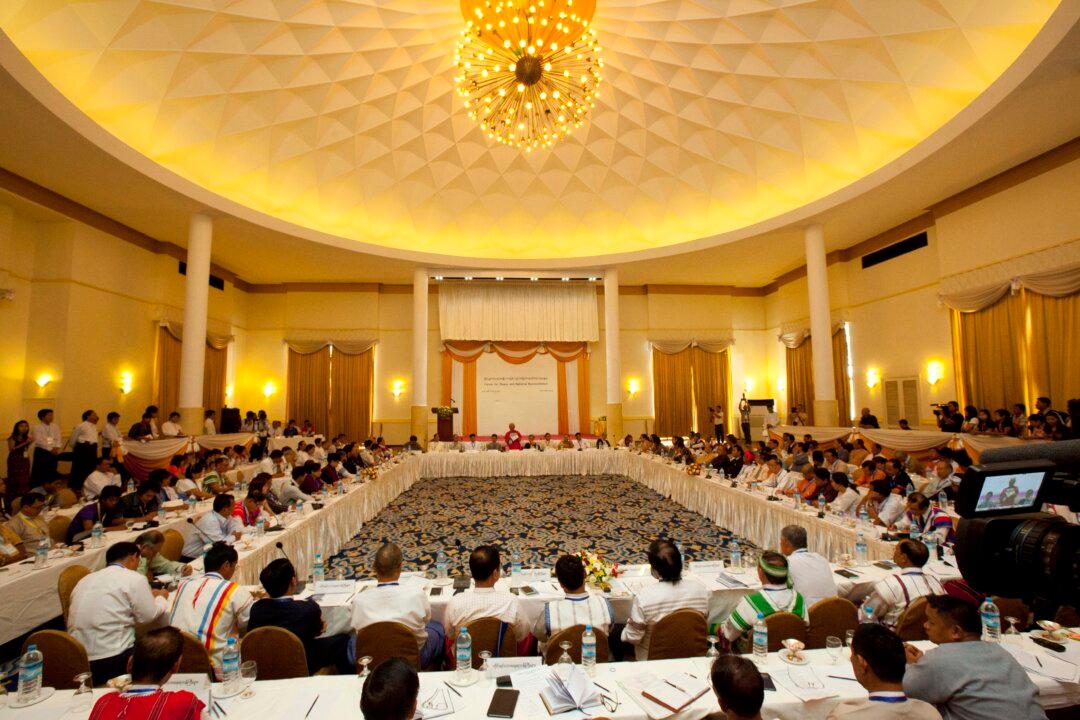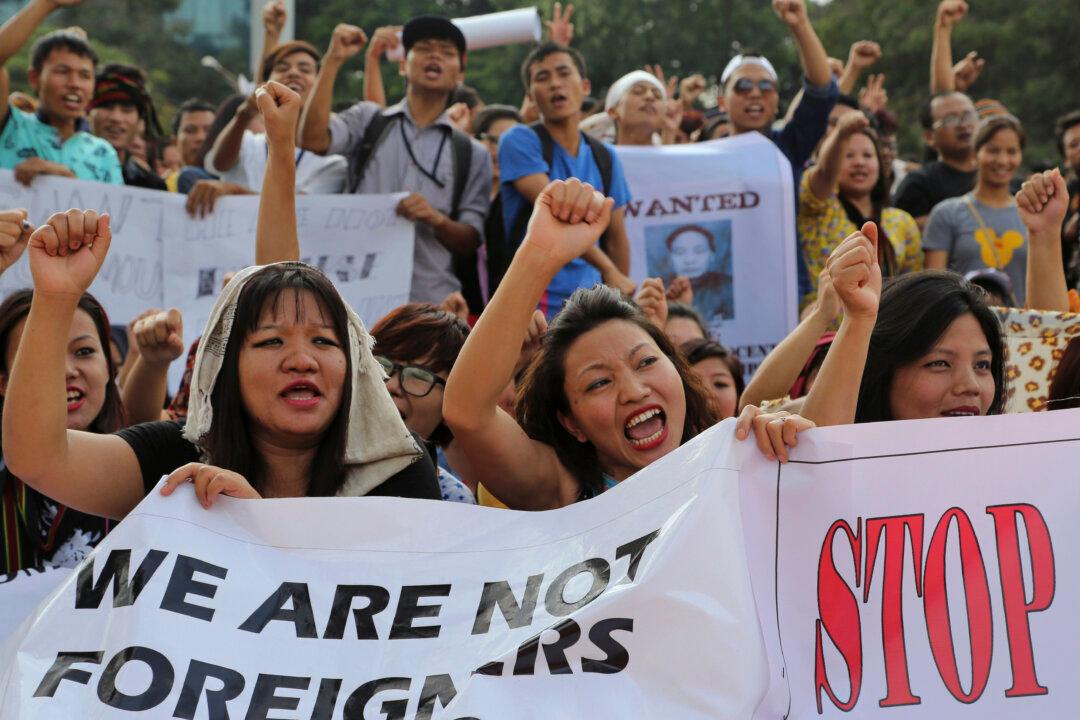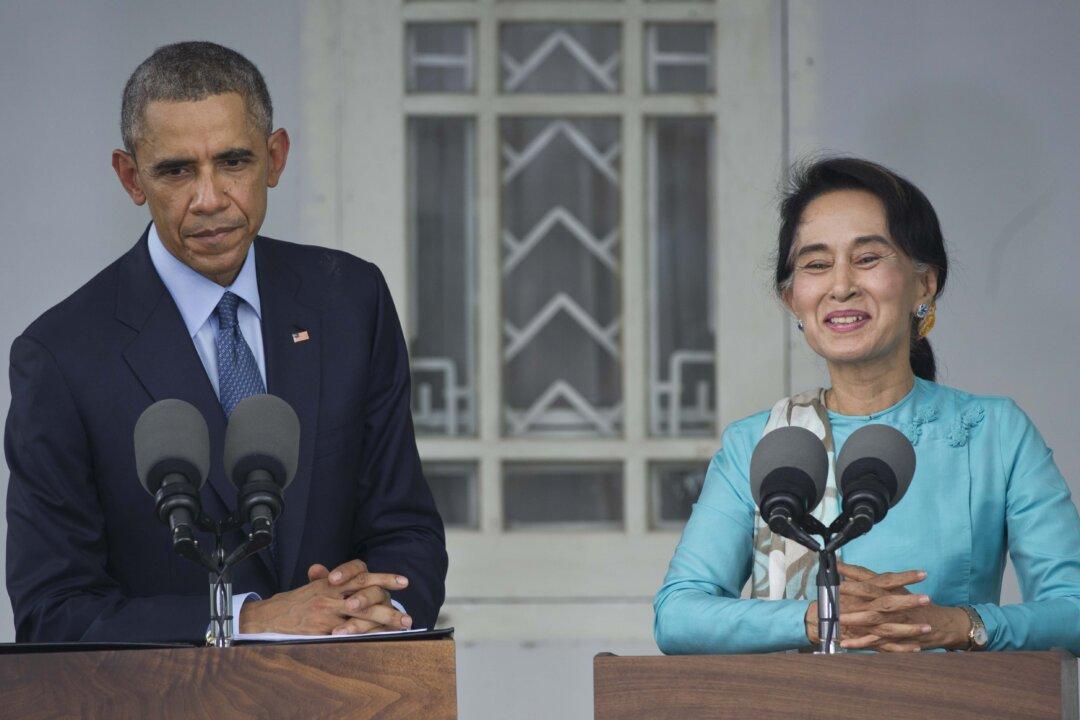In an attempt to find a collective approach to sign Burma’s Nationwide Ceasefire Agreement (NCA), representatives of 15 Burmese ethnic armed organizations (EAO) met in Chiang Mai, Thailand, from Aug. 21 to 24.
The Chiang Mai summit happened a few days after Burma’s government invited the armed groups to sign the NCA individually. In response to the government’s invitation, four armed groups expressed their willingness to sign the agreement in a joint press release on Aug. 18. Similar meetings and consultations have been held amongst the ethnic armed groups themselves and with the Burmese government since 2013.
If the Nationwide Ceasefire Agreement is not signed before the election, there is no guarantee that the next government will sign it.




